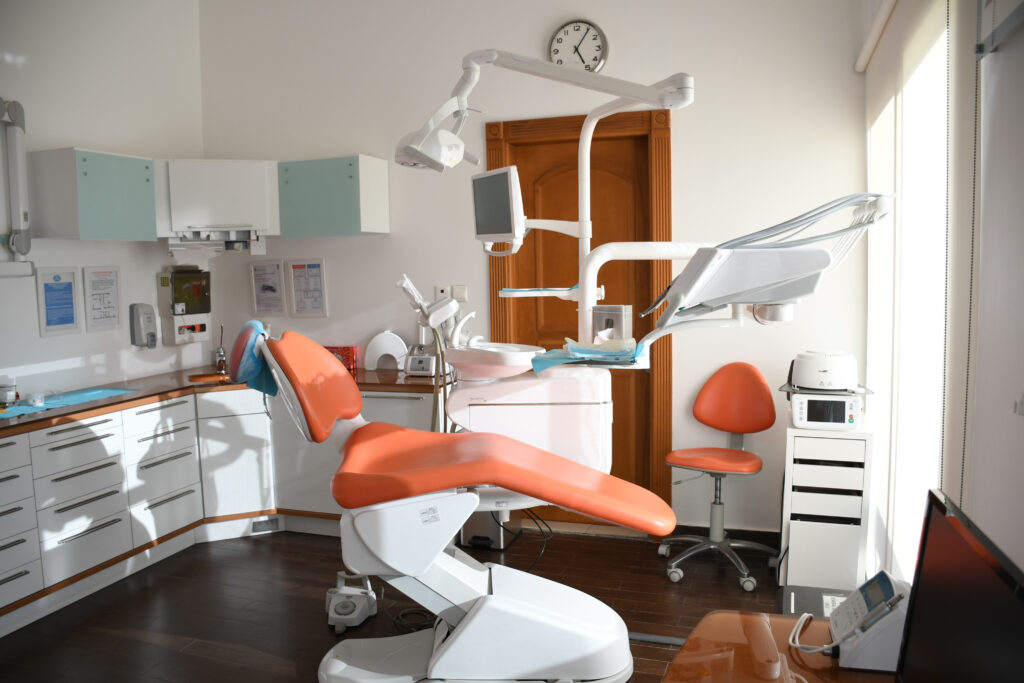Body language and words can be interpreted in so many different ways. But have you ever wondered why some people respond in one way while someone else reacts entirely differently?

Improving communication and team dynamics can help your dental practice thrive. One way to do that is by understanding yourself and others, utilising everyone’s strengths, and enhancing team collaboration. The DiSC test is a personality test that purports to do just that.
This blog will discuss the DiSC test and how dental professionals and leaders can implement its findings.
What is the DiSC Test?
The DiSC personality test is a personal assessment tool that examines how a person is categorised into one of four primary personality types. The acronym DiSC stands for Dominant, Influential, Steady, and Conscientious. Each type is associated with a specific colour.
Organisers and leaders across all fields of work use these profiles as tools to help improve communication between staff members. Understanding and adapting to different personality types can improve interactions and ensure everyone feels heard and valued.
Have you ever taken the test? Find out what ‘colour’ you are here.
Advance your career by studying for a world-leading postgraduate diploma
Study at the cutting-edge of dental research with curricula taught by global experts and an online schedule that suits you.
The Four Colours of DiSC
Understanding the four ‘colours’ associated with the DiSC model can help you understand and adapt to the communication and interaction between the different personality types.
- Red (Dominant) = Assertive, competitive, and goal-oriented. Reds are natural leaders who thrive on challenges and achieving results. They can be impatient and may be overly aggressive if not appropriately managed.
- Yellow (Influential): Sociable, enthusiastic, and persuasive. Yellows are excellent communicators who bring energy and positivity to the team. A ‘yellow’ can be disorganised and need help with details and follow-through.
- Green (Steady): Supportive, reliable, and team-oriented. Greens are the glue that holds the team together, providing stability and support. They may resist change and be overly accommodating, sometimes to the detriment of their needs.
Blue (Conscientious): Analytical, detail-oriented, and systematic. Blues are meticulous and value accuracy and precision. They can be critical and need help with making quick decisions due to their need for thorough analysis.
How to Mix Your Colours
Now that you understand the traits of each personality type, we can look at how best to leverage each of their strengths to enhance team dynamics.
Fostering team dynamics in a dental practice can be done in the following ways:

Build Trust and Respect
To foster a team founded on trust and respect, staff relationships should be nurtured so team members feel comfortable sharing their thoughts and concerns. You could do this by allowing your team Yellows to organise regular team meetings and scheduling one-on-one catch-ups while placing Greens in social situations can help them foster harmony.
Promote Collaboration
To promote collaboration, assign tasks based on individual strengths. For example, assign detail-oriented tasks to the Blues or let the Yellows lead marketing ideas and patient interactions.
Remember that diversity within a team leads to innovative solutions and rounded decision-making. Never create a team full of Reds, for instance, where dominant leadership traits might result in conflict.
Manage Conflicts
Navigate conflicts by understanding your team’s personality types and how they communicate. Change and stability look very different for a Red than they would for a Green; in an argument between team members, a Red benefits from being given clear solutions, while a Green should be approached with patience and empathy.
Encourage Development
Offer continuous learning and development opportunities tailored to each personality type. A Red may benefit from leadership training; a Blue may appreciate detailed procedural workshops. Where possible, pair team members with those with complimenting personality traits. Greens and Yellows are structured, whereas Reds and Blues can be more flexible.
Final Thoughts
The DiSC model is just one behavioural assessment tool that can improve communication, productivity, and conflict management in your dental practice. Knowing your colour and that of your team members can have a real and positive impact on the success of your dental practice and how you construct organisational goals.
However, these kinds of personality tests are also limited. People are multi-faceted, and it’s important not to cram a team member into a colour or a role simply because of one test result. While the DiSC model might help you make some decisions, the best leaders will use it carefully and with the consent of their team.
Get Our Industry Round-Ups in Your Inbox
Each month, we publish bitesize summaries of important business scholarship and thought leadership to help you build your skills as a professional.
Join our mailing list below for our updates delivered to your inbox.



